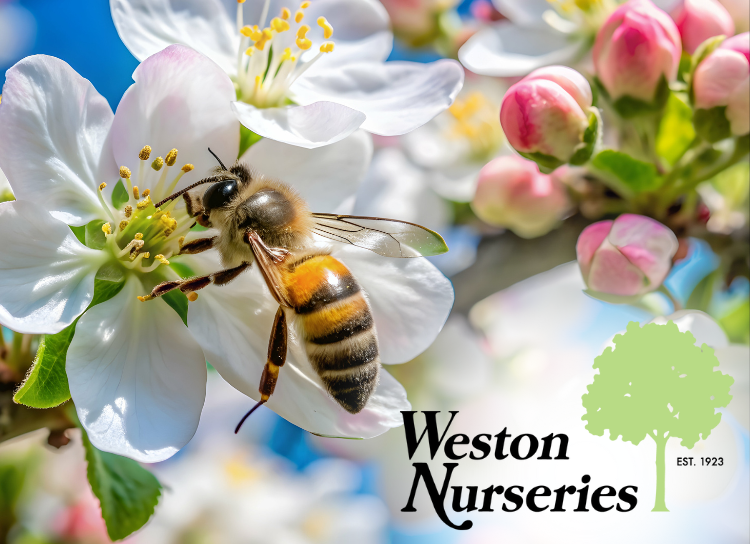Hopkinton Health Director Shaun McAuliffe announced Monday afternoon that the state’s Department of Conservation and Recreation issued a cyanobacteria advisory for Hopkinton Reservoir, which is located in Hopkinton State Park.
An email from the state’s Department of Public Health (DPH) indicated that the Department of Conservation and Recreation (DCR) “will be posting signage at access points along the shore warning against any contact with the water.”
The advisory came upon receiving a recommendation from the state’s Department of Public Health (DPH) regarding a high level of blue-green algae found during testing, although the count was not publicly released. These microscopic organisms are naturally present in lakes and streams. They can become harmful to humans and animals when their blooms are touched, swallowed or inhaled as airborne droplets.
In an interview with the Independent Monday evening, McAuliffe noted that while the reservoir is located in Ashland, many Hopkinton residents utilize it, particularly during the summer months to keep cool. He was grateful that the Hopkinton Heath Department was included in the advisory notification.
McAuliffe noted that it is somewhat early in the summer to observe high cyanobacteria counts. It is also more likely to see elevated levels in the reservoir than at Sandy Beach. The reservoir had to be closed several times last summer.
“I believe that the heat, combined with the nutrients the algae are finding in the water, has caused the population to have just exploded,” he said. “I’m interested in learning what nutrients are being found in the water at the reservoir that aren’t in the water at Sandy Beach of Lake Maspenock. It will also be interesting to see if this week’s expected rainfall knocks down the bacteria level.”
McAuliffe speculated that the high bacteria level may have been caused by kids or animals “taking bathroom breaks in the water.” But he added that “there are a lot of different sources of nutrients.”
Lake Maspenock rarely sees high cyanobacteria levels, McAuliffe said, because of the public’s awareness.
“The residents there clean up after their dogs,” he continued. “They also have been educated about what the bacteria look like and to not use fertilizer on their lawns. They are also on the municipal water system, which is helpful.”
Another helpful factor is that the water flows there, whereas the reservoir water is relatively stagnant.
Said McAuliffe: “This advisory serves as a reminder for people to pick up after their dogs and not let their dogs or horses bathe in the water.”
In response to Hopkinton Reservoir’s high cyanobacteria level, DCR will be posting signage at access points along the reservoir’s shore to warn against any contact with the water.
Contact with affected water can cause skin rashes, eye and throat irritation, and mild respiratory symptoms. Exposure to high levels of blue-green algae and their toxins can cause symptoms of gastroenteritis, including diarrhea, nausea, vomiting, fever and headaches.
DPH will be coordinating with DCR to monitor and evaluate the bloom conditions, including laboratory testing once the bloom starts to dissipate.
McAuliffe said he will contact DPH on Tuesday to obtain specific data on the bacteria level found at the reservoir.


























0 Comments